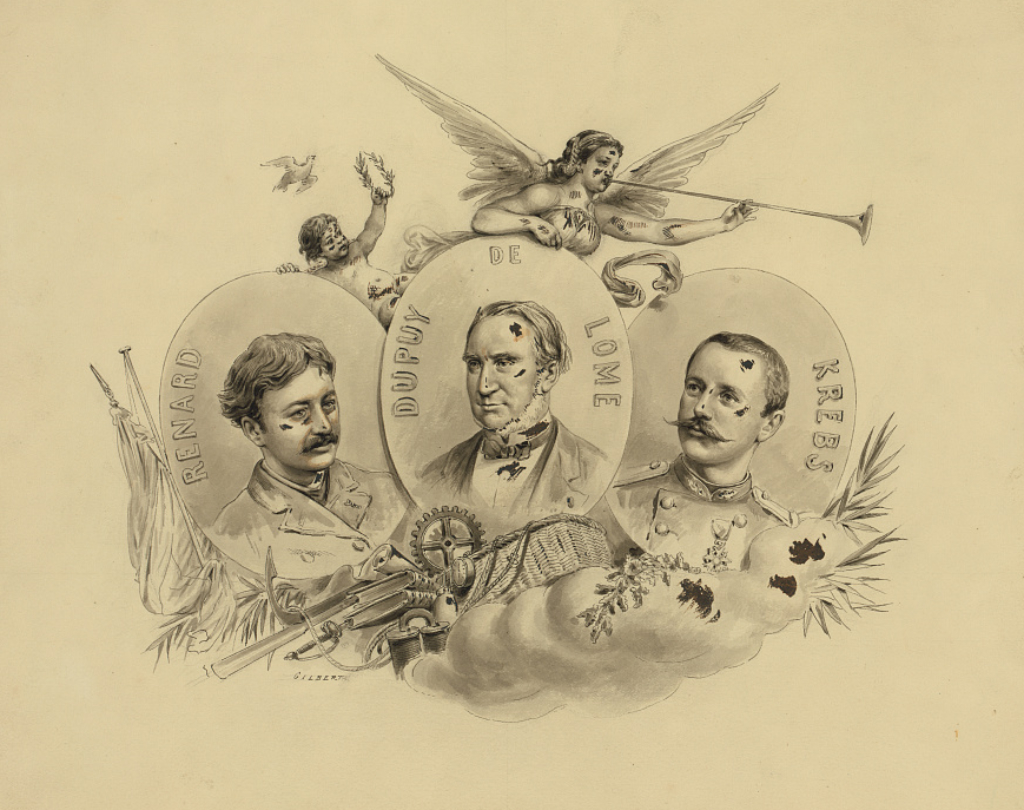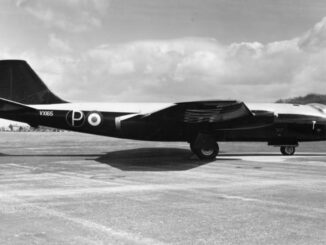 On 2nd February 1872, Henri Dupuy de Lôme presented to public his muscle-powered dirigible balloon, able to achieve up to 11 kph.
On 2nd February 1872, Henri Dupuy de Lôme presented to public his muscle-powered dirigible balloon, able to achieve up to 11 kph.
Stanislas Charles Henri Dupuy de Lôme was born on 15th October 1816 in Ploemeur, France. He was the son of a French Navy officer and since childhood, followed in the footsteps of his father.
Dupuy de Lôme´s education included studies at École Polytechnique (polytechnic institute in Paris) and École nationale supérieure de techniques avancées (English: Superior National School of Advanced Techniques), as well as shipbuilding and navigation study in England.
Henri Dupuy de Lôme spent most of his professional life on building ships and developing the French naval forces. He was the architect of Le Napoléon, the first steam-powered and the first screw-driven battleship in the world, launched in May of 1850. His other significant works included Glorie, the first ocean-class ironclad battleship, as well as Magenta and Solferino ships that were the first to be equipped with a spur ram. In addition, Dupuy de Lôme began works on electric-powered submarine but, regrettably, did not finish the project before his death. The development was then continued by his son-in-law Gustave Zédé and completed by launching Gymnote, the first electrical and one of the first operational submarines in the world.
Moreover, when idea of mounting artillery on rail wagons was born, it was Dupuy de Lôme who drawn up plans of the first armoured train, equipped with naval guns.

His significant contribution to naval engineering was appreciated worldwide and properly rewarded domestically. In 1861, Henri Dupuy de Lôme was appointed inspecteur général du matériel de la Marine (English: general inspector for Navy equipment), then awarded Grand officier de la Légion d’honneur (English: Grand Officer of the Legion of Honour) in December of 1863. Three years later, he was elected a member of the French Academy of Sciences.
On 29th October 1870, during the Franco-Prussian War, the French authorities assigned Dupuy de Lôme the task of developing a navigable balloon that could be practically used for military purposes. At that time, Paris was already surrounded by the enemy and cut off from the rest of the French territory. The navigable balloon seemed to be a solution how to establish connection between the capital and the areas still under the French control.
The French Ministry of Education allocated funding of 40,000 francs for that project, regrettably the balloon was not ready until the armistice signed in January of 1871 and French capitulation that followed shortly after. In addition, establishment of the Paris Commune put all Dupuy de Lôme´s development on hold.
As of mid-1871, Dupuy de Lôme was able to continue with his development and finally, on 2nd February 1872, the navigable aerostat was introduced to public on artillery grounds in Vincennes. The airship was 36.12 metres long, had 14.84 metres in diameter and was 29.12 metres tall. Its volume was 3,454 cubic metres. Below the main envelope, a basket for fourteen people was attached. The balloon was equipped with a crank, muscle-powered by eight sailors (in two shifts by four men).

The first flight of the Dupuy de Lôme navigable balloon was considered successful. Every thirty minutes, its crew performed regular turns in the air. The balloon was reported to achieve the speed of 11 kph (9 kph according to some sources) and achieved the altitude of 866 metres. According to press articles from the era, the crew onboard the aerostat consisted of ´Dupuy de Lôme, Zédé, Yon, Dartois and ten other people´.
Although the Dupuy de Lôme balloon was not operationally used, as initially planned, it became a base for another pioneering development – an electric powered airship made by the Tissandier brothers, that performed its maiden flight in 1883. An interesting fact is that Gaston Tissandier, was also known of his escape in a balloon from the besieged Paris in September of 1870.
On 1st February 1885, Henri Dupuy de Lôme died of cancer. His funeral in Toulon was attended by more than 2,000 people.
In recognition of Dupuy de Lôme merits, several ships of the French Navy were named after him. The first was an armoured cruiser launched in 1887 and currently the name of famous naval architect and aviation pioneer is carried by communication and electronic intelligence ship, launched in 2004.

Cover photo: Start of Dupuy de Lôme balloon in Vincennes, 2 Feb 1872 (source: Wikipedia, Public Domain, cropped)



